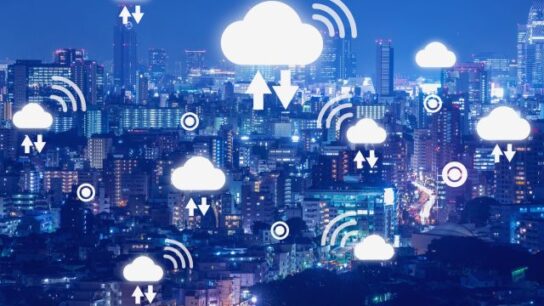Key Takeaways:
- Grasp the basic concepts and applications of image analytics in various industries, especially energy utilities.
- Learn about the transformative power of image analytics and how it can revolutionize infrastructure management and energy distribution.
- Discover the environmental impact and future developments expected in image analytics.
Table of Contents:
- Introduction to Image Analytics
- Applications of Image Analytics in Energy and Utilities
- Predictive Maintenance through Image Analytics
- Leveraging Geospatial Data for Energy Efficiency
- Ensuring Regulatory Compliance with Image Analytics
- Accelerating Renewable Energy Sources with Image Analytics
- Security Enhancements via Image Surveillance
- Addressing Barriers to Image Analytics Adoption
- Looking Ahead: Image Analytics in the Future
Introduction to Image Analytics
At its core, image analytics comprises sophisticated techniques to extract meaningful information from visual inputs. The power of this technology is particularly evident in industries where the monitoring and analysis of visual data can result in enhanced operational efficiency and more informed decision-making. For those new to the concept, understanding how image analytics transforms raw images into actionable insights is a leap into artificial intelligence and machine learning.
Applications of Image Analytics in Energy and Utilities
Image analytics has firmly established a place within the energy and utilities sector. Its applications range from infrastructure inspection to monitoring of power generation and distribution. For instance, thermal cameras equipped with image analytics can detect heat loss spots along vast pipelines, resulting in targeted maintenance and reduced energy waste. Additionally, the processing of imagery from substations and grids supports detecting and diagnosing issues before they lead to outages.
Predictive Maintenance through Image Analytics
One of the most promising applications of image analytics lies in predictive maintenance. By systematically analyzing visual data from equipment and machinery, utilities can forecast potential issues, allowing for preemptive repairs. This not only spares the high costs associated with unscheduled downtime but also elongates essential infrastructure components’ life span and serviceability.
Leveraging Geospatial Data for Energy Efficiency
Integrated with image analytics, geospatial analytics unlocks a new dimension in energy distribution and efficiency. By evaluating satellite and aerial imagery, energy companies can gain insights into terrain and environmental variables, enabling optimized placement of transmission lines and other infrastructure while minimizing ecological disruption.
Ensuring Regulatory Compliance with Image Analytics
Compliance with industry regulations and standards is non-negotiable in the high-stakes realm of energy and utilities. Image analytics serves as a vigilant overseer, consistently screening infrastructure to ensure operations remain within the bounds of legal and safety requirements. Quickly identifying compliance lapses through automated image analysis can save organizations from substantial fines and bolster their environmental stewardship credentials.
Accelerating Renewable Energy Sources with Image Analytics
Renewable energy sources hugely benefit from the deployment of image analytics. For solar farms, pattern recognition can reveal dirt accumulation on solar panels, prompting timely cleaning to uphold energy output. Wind turbines likewise are inspected via high-resolution images to detect potential malfunctions or wear that could impede performance, promoting reliability and longevity of the setups.
Security Enhancements via Image Surveillance
The inherent security risks in energy production and distribution necessitate stringent surveillance measures. Image analytics elevates the potential of security cameras by providing nuanced, real-time analysis of video feeds. This proactive surveillance instantly identifies potential threats or vulnerabilities, prompting quick responses to protect infrastructure and maintain uninterrupted energy supply.
Addressing Barriers to Image Analytics Adoption
While the benefits of image analytics are evident, its widespread adoption is hindered by certain barriers. Initial investment costs and the technological learning curve present significant challenges. Organizations must carefully weigh these factors against the long-term advantages of such a transformative technology, often considering a phased approach to integration and seeking partnerships to help bridge these gaps.
Looking Ahead: Image Analytics in the Future
The future trajectory for image analytics is paved with innovation and increased applicability. The integration of this technology with other digital advancements, such as the Internet of Things (IoT), is set to redefine data analysis in the energy sector. Anticipated advancements signify a new era where energy management is exceptionally synergized with technology, bringing about a paradigm shift in how energy efficiencies are realized and maintained.
For an individual just starting in energy utilities, delving into the world of image analytics might seem daunting. However, with the growing importance of data-driven decision-making, the application of image analytics has become an essential component of modern energy management. It empowers companies with the ability to process data at an unprecedented scale, leading to sharper insights and more efficient operations.
Energy and utility companies are now in a unique position to harness image analytics’ abilities to revolutionize how they operate.








